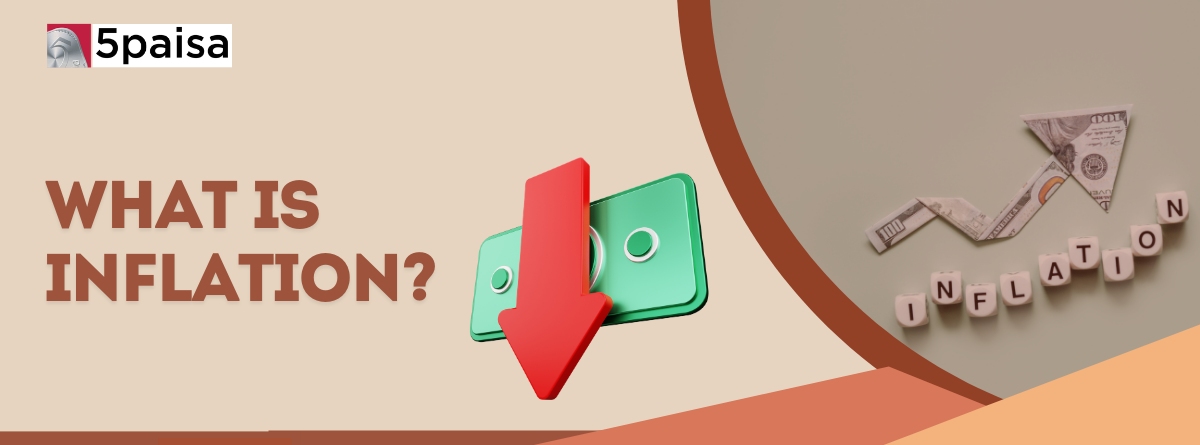Content
- What is Inflation?
- Meaning of Inflation Rate
- Formula to Calculate Inflation Rate
- What Are the Main Causes of Inflation?
- How Does Inflation Affect Our Daily Lives?
- Types of Inflation
- Conclusion
What is Inflation?
Inflation is an economic phenomenon that touches everyone’s daily life, yet its complexities often go unnoticed. At its core, the meaning of inflation is the gradual increase in the prices of goods and services in an economy over time, leading to a decrease in the purchasing power of money. Simply put, as prices rise, the same amount of money buys fewer items.
If you are still wondering “what is inflation”? Imagine this: A year ago, you could buy 10 apples for ₹100. Today, the same ₹100 only gets you 8 apples. This is inflation at work, it erodes the value of money over time.
Inflation can stem from several factors, including an increase in the money supply, higher demand for goods and services, or a decrease in their supply. While a moderate level of inflation is often seen as a sign of a growing economy, high inflation can have negative effects, including lowering purchasing power, reducing investment, and causing uncertainty for businesses and consumers. Let’s understand the meaning of inflation, what causes inflation, its effects, and more.
More Articles to Explore
- Difference between NSDL and CDSL
- Lowest brokerage charges in India for online trading
- How to find your demat account number using PAN card
- What are bonus shares and how do they work?
- How to transfer shares from one demat account to another?
- What is BO ID?
- Open demat account without a PAN card - a complete guide
- What are DP charges?
- What is DP ID in a demat account
- How to transfer money from demat account to bank account
Disclaimer: Investment in securities market are subject to market risks, read all the related documents carefully before investing. For detailed disclaimer please Click here.
Frequently Asked Questions
According to the inflation definition, inflation mainly occurs when there’s a significant rise in the price of commodities and services because of the gradual loss in the currency's purchasing power.
There are several benefits of inflation, such as:
● Higher profits
● More employment and better income
● Better investment returns
● Benefits to borrowers
● Increase in production
There are several ways to prevent inflation, such as:
● Monetary policy
● Fiscal policy
● Supply-side policy
● Wage and price control
The main types of inflation are:
● Demand-pull inflation
● Cost-push inflation
● Hyperinflation
● Repressed inflation
● Open Inflation
● Semi-inflation
The formula to measure inflation is:
Inflation rate = ((Price index in the current period – Price index in the previous period) / Price index in the previous period) x 100



